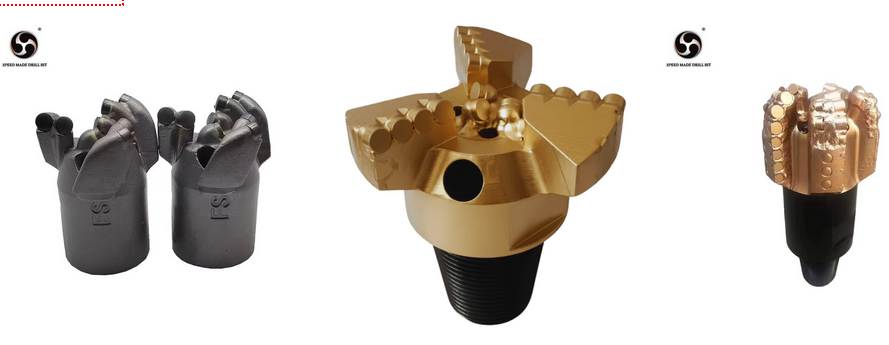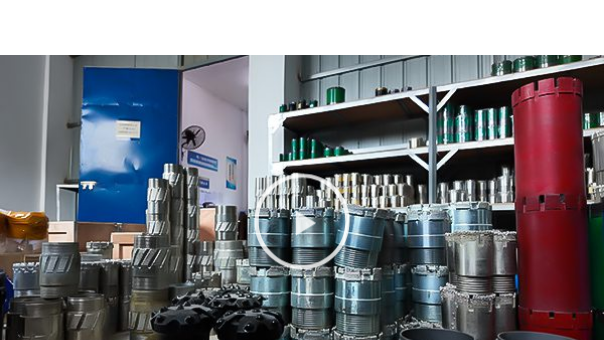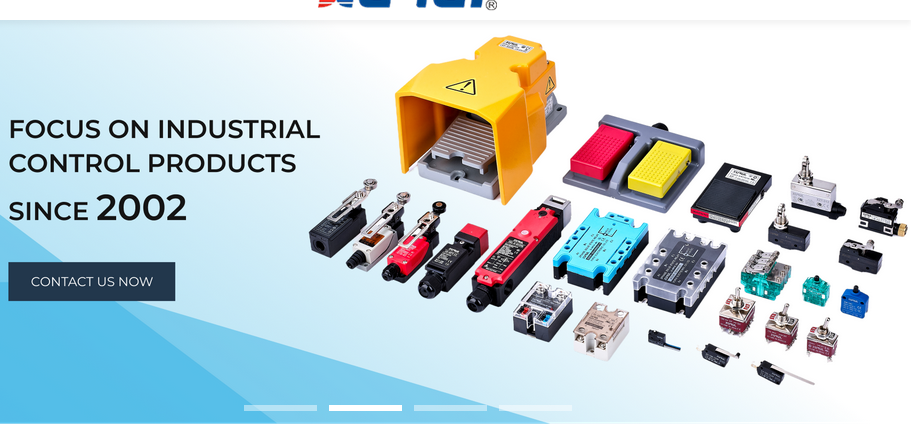
When you’re working in the drilling industry—whether it’s for oil, gas, mining, or geothermal projects—your choice of drill bit can make or break your productivity. After years of being in the field, I’ve learned that one tool consistently delivers top performance in challenging environments: the PDC drill bit.
If you’ve ever struggled with slow penetration rates, high wear, or constant bit replacements, you know how frustrating and costly drilling inefficiency can be. This is where PDC drill bits truly shine, offering durability, speed, and cost savings when used correctly.
In this guide, I’ll walk you through what PDC drill bits are, how they work, when to use them, and the best practices for getting the most out of them.
What Is a PDC Drill Bit?
PDC stands for Polycrystalline Diamond Compact. This type of drill bit features synthetic diamond cutters fused to a tungsten carbide substrate, creating a tool that is incredibly hard and wear-resistant. Unlike roller cone bits that rely on crushing and grinding, a PDC drill bit cuts through rock with a shearing action, making it ideal for high-speed drilling in softer to medium-hard formations.
Key features of a PDC drill bit:
Durability: Can last longer between replacements.
High ROP (Rate of Penetration): Cuts faster, especially in homogeneous formations.
Low Maintenance: Fewer moving parts than roller cone bits.
Why PDC Drill Bits Are So Effective
From my experience, the real magic of PDC drill bits lies in their cutting efficiency. The diamond cutters stay sharp for extended periods, and because there are no moving cones or bearings, there’s less chance of mechanical failure.
Here’s why they’re often my first choice:
Consistent Performance: They maintain cutting speed over long runs.
Reduced Downtime: Fewer trips to change out bits.
Lower Drilling Costs: Higher efficiency means less fuel, labor, and wear on the rig.
If you’re drilling in shale, sandstone, limestone, or other medium-strength formations, a PDC bit can be a game-changer.
When to Use a PDC Drill Bit
While these bits excel in many conditions, they aren’t perfect for every scenario. Over the years, I’ve found they work best when:
The formation is not extremely abrasive.
You’re aiming for high penetration rates.
You have a stable bottom-hole assembly to minimize vibration.
However, in very hard or fractured formations, roller cone bits or hybrid designs might be a better choice. The trick is matching the bit design to the geology.
Best Practices for Maximizing PDC Drill Bit Life
Even the toughest PDC bit won’t last if you treat it poorly. Here’s my go-to checklist for getting the most out of them:
1. Match the Bit to the Formation
Before you start, analyze the rock properties. A bit designed for soft shale won’t perform the same in hard limestone.
2. Control Weight on Bit (WOB)
Too much weight can chip the cutters; too little reduces penetration speed. Always follow the manufacturer’s WOB recommendations.
3. Monitor Torque and Vibration
Stick-slip and excessive torque can damage the cutters quickly. A smooth drilling process means a longer-lasting bit.
4. Keep Fluid Flow Optimal
Drilling fluid cools and cleans the bit. Poor fluid circulation can lead to overheating and cutter wear.
5. Inspect Between Runs
If possible, pull the bit periodically to check cutter wear and adjust drilling parameters accordingly.
Common Mistakes to Avoid
When I first started using PDC drill bits, I made plenty of rookie mistakes. Here are a few that cost me both time and money:
Running them in unsuitable formations: This leads to rapid wear.
Ignoring vibration issues: Cutter damage happens fast if not addressed.
Skipping post-run inspections: Early wear detection can save thousands.
The ROI of Using a PDC Drill Bit
Let’s talk numbers. Yes, a PDC drill bit can cost more upfront than a roller cone bit, but the savings add up quickly:
Longer lifespan means fewer replacements.
Faster drilling reduces rig time.
Lower maintenance cuts labor costs.
In many projects I’ve worked on, switching to PDC bits has reduced overall drilling costs by 20–30%.
Final Thoughts
Choosing the right drill bit is as much an art as it is a science. In the right conditions, a PDC drill bit delivers unmatched performance, longer life, and significant cost savings. But like any tool, its effectiveness depends on proper selection, handling, and maintenance.
If you’re looking to improve your drilling efficiency and cut down on downtime, it might be time to give a PDC bit a try. In my experience, once you see the difference, it’s hard to go back.




Write a comment ...